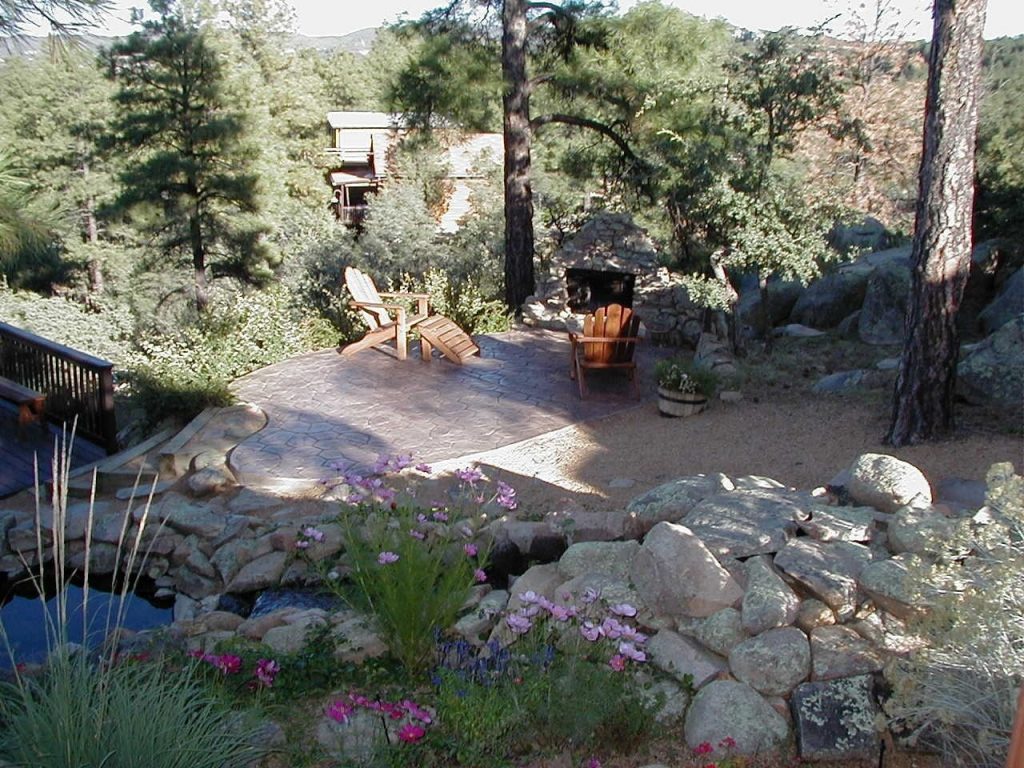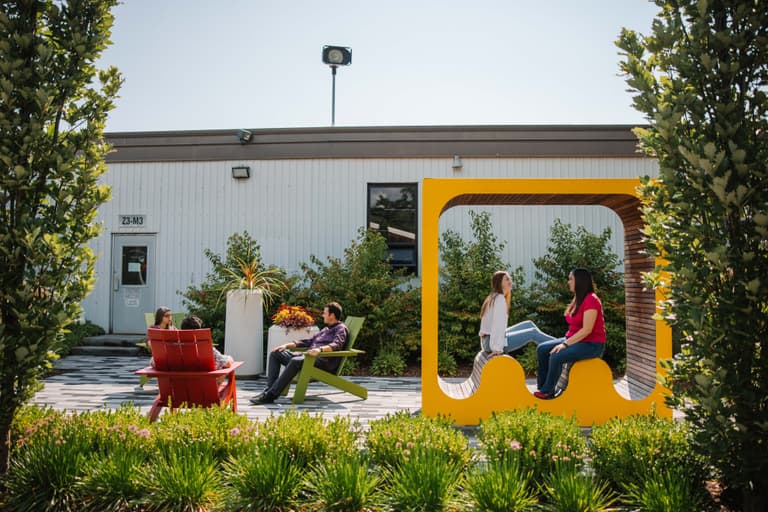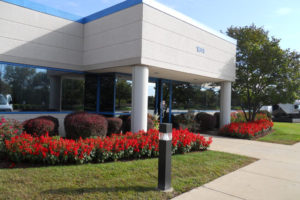Some Known Details About Hilton Head Landscapes
Table of ContentsHilton Head Landscapes - TruthsSome Known Details About Hilton Head Landscapes Excitement About Hilton Head LandscapesThe 30-Second Trick For Hilton Head LandscapesThe 3-Minute Rule for Hilton Head LandscapesThe Facts About Hilton Head Landscapes RevealedGetting The Hilton Head Landscapes To WorkAn Unbiased View of Hilton Head Landscapes
Type compatibility is likewise a significant part of unity in designone or more noticeably different forms benefit contrast and focus, but generally all other types must have some resemblances for a combined look. Structure describes just how crude or fine the surface of the plant or hardscape material feels and/or looks.
Examples of plants with coarse structure consist of philodendrons, agaves, bromeliads, hollies, palms, and hydrangeas. Characteristics that create fine appearance consist of small foliage; slim, strappy leaves (turfs) or tall, thin stems; small, dense twigs and small branches; long stems (creeping plants); and little, fragile flowers.
Things about Hilton Head Landscapes
The majority of plants are average appearance, in that they can not be defined as having either coarse or fine structure. Medium-textured plants act as a background to link and unify the coarse- and fine-textured plants.

To make a space really feel smaller, position the crude appearances along the outer perimeter and the great appearances closest to the viewer. The detail of the coarse appearance makes the plants show up closer and makes the space really feel smaller sized. The perceived texture of plants can likewise alter with the range from the plant.
Hilton Head Landscapes - Truths
Vibrant shades boost the contrast and make the appearance appear coarser, while muted shades can squash structure. Hardscape with a coarse texturesuch as really rough rocks and bold, big timberstends to make all plant product appear extra moderate textured. Designers typically develop an appearance research (Figure 8) theoretically to help make a decision the setup of plant products.
Color in plant product and hardscape includes interest and variety to the landscape. Shade is the most obvious aspect in the landscape and is typically the emphasis of a lot of home owners; nevertheless, it is additionally the most short-term element, generally lasting only a few weeks a year for specific plants.
The Of Hilton Head Landscapes
A straightforward summary of the color wheel consists of the 3 primaries of red, blue, and yellow; the three additional shades (a mix of 2 primaries) of eco-friendly, orange, and violet; and 6 tertiary colors (a mix of one surrounding primary and second color), such as red-orange. Shade concept discusses the connection of shades to every various other and exactly how they need to be made use of in a composition.

Similar (often called harmonious) color design are any type of 3 to 5 colors that are surrounding on the shade wheel, such as red, red-orange, orange, yellow-orange, and yellow, or blue, blue-violet, and violet (Landscaping bluffton sc). The colors belong to every other because they normally include 2 key colors blended to form an additional and 2 tertiary shades, which indicates they share typical residential properties
Complementary shades are often discovered normally in blossoms; a common set is yellow and violet. Color is located in the flowers, vegetation, bark, and fruit of plants.
The 3-Minute Rule for Hilton Head Landscapes
Environment-friendly vegetation in all its various tones is the leading shade by amount, however other shades record interest quicker due to their high contrast to the color green. Shade is additionally found in buildings, rocks, pavers, timber, and furniture. The majority of colors in all-natural products, such as stone and wood, are typically soft and tend to be variants of brownish, tan, and light yellow.
Shades have homes that can influence feelings, spatial perception, light high quality, equilibrium, and emphasis. Amazing colors have a tendency to be relaxing and must be utilized in locations for relaxation and peacefulness.
The smart Trick of Hilton Head Landscapes That Nobody is Discussing
Trendy colors tend to decline and are viewed as being farther away, making a space really feel bigger. Shade can additionally be used to record focus and direct sights.
Intense yellow, which has the greatest intensity, also has a high contrast with all various other shades (frequently defined as a "pop" of shade) and should be used sparingly. A tiny quantity of intense shade has as much visual weight as a big amount of a more suppressed or weak shade.
Similar (often called unified) color pattern are any type of 3 to 5 shades that are nearby on the shade wheel, such as red, red-orange, orange, yellow-orange, and yellow, or blue, blue-violet, published here and violet. The colors relate to each other because they usually include two primaries mixed to create a secondary and two tertiary colors, which suggests they share common residential properties.
Get This Report about Hilton Head Landscapes
Complementary colors are typically discovered naturally in flowers; an usual set is yellow and violet. Color is discovered in the blossoms, foliage, bark, and fruit of plants.
Environment-friendly foliage in all its numerous shades is the leading color by quantity, however various other shades record interest quicker due to their high contrast to the color eco-friendly - landscapers in bluffton sc - https://hearthis.at/steven-gonzales/set/hilton-head-landscapes/. Color is also discovered in buildings, rocks, pavers, wood, and furniture. Most shades in natural materials, such as stone and timber, are usually soft and have a tendency to be variations of brownish, tan, and pale yellow
Examine This Report about Hilton Head Landscapes
Shade is an important aspect for producing interest and range in the landscape. Shades have residential or commercial properties that can impact emotions, spatial perception, light high quality, equilibrium, and focus. One building of shade is defined relative to temperaturecolors seem awesome or cozy and can influence feelings or sensations. Cool colors tend to be calming and must be made use of in locations for leisure and tranquility.
The "temperature" of shades can likewise impact the perception of range. Trendy shades tend to recede and are perceived as being further away, making a room really feel larger. Cozy colors have a tendency to advance and are regarded as being better, making an area really feel smaller. Color can also be made use of to catch attention and straight views.
For instance, intense yellow, which has the highest possible strength, also has a high comparison with all various other colors (frequently referred to as a "pop" of color) and should be conserved. A tiny amount of extreme shade has as much visual weight as a large amount of a much more controlled or weak shade.